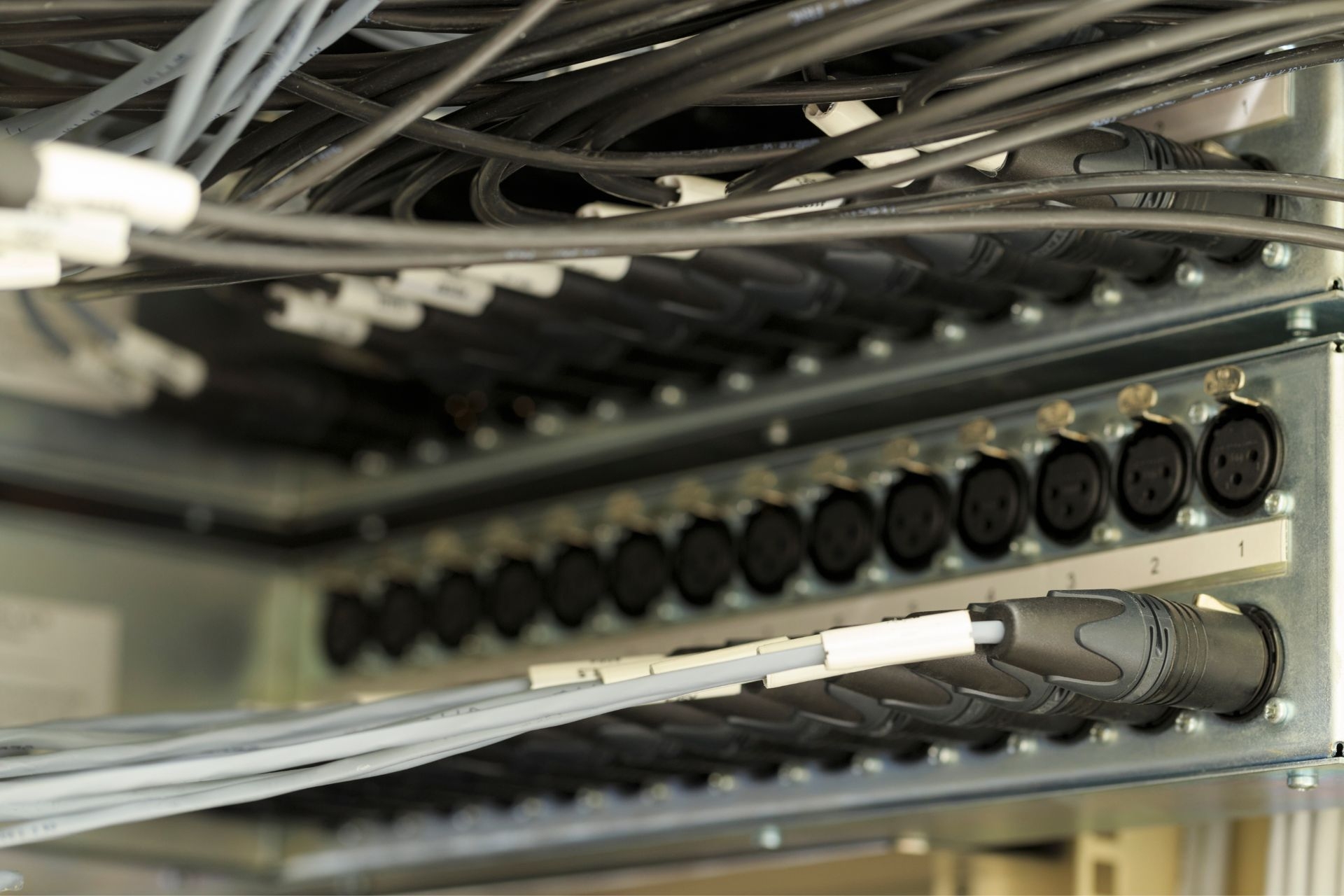

A Network-Attached Storage (NAS) device is a type of storage device that is designed to provide a centralized location for storing and sharing data across a network. The primary purpose of a NAS device is to provide a simple and efficient way for multiple users to access and share files, documents, and other data from a single location. NAS devices are typically used in small to medium-sized businesses, as well as in home networks, to provide a cost-effective and scalable solution for data storage and sharing.
A NAS device differs from a traditional external hard drive in several ways. First, a NAS device is designed to be connected to a network, whereas an external hard drive is typically connected directly to a single computer. Second, a NAS device is designed to provide shared access to data, whereas an external hard drive is typically used for personal data storage. Finally, a NAS device is typically more scalable and flexible than an external hard drive, as it can be expanded to accommodate additional storage capacity and can be accessed by multiple users simultaneously.
Kubernetes has become the de facto way to schedule and manage services in medium and large enterprises. Coupled with the microservice design pattern, it has proved to be a useful tool for managing everything from websites to data processing pipelines. But the ecosystem at large agrees that Kubernetes has a cost problem. Unfortunately, the predominant way to cut costs is itself a liability.The problem is not Kubernetes. The problem is the way we build applications.To read this article in full, please click here
Posted by on 2024-03-07
Public cloud providers are often loathed for charging data transfer or “egress fees” for removing data from a specific cloud provider. If you move data out of a cloud provider, there’s a cost; for instance, you move inventory data from an inventory system residing in a public cloud provider to a supply chain system on premises or perhaps even on another public cloud provider.This is the number one complaint about cloud providers that I hear. The fee is thought of as arbitrary and counterproductive to using the cloud with systems that exist outside of a specific provider. In some cases, it’s a reason applications are not in a cloud today.The writing on the wall This customer discontent is not lost on cloud providers, who are initiating a significant shift in their pricing strategies by reducing these charges. Google Cloud announced it would eliminate egress fees, a strategic move to attract customers from its larger competitors, AWS and Microsoft. This was not merely a pricing play but also a response to regulatory pressures, greater competition, and the significantly lower cost of hardware in the past several years. The cloud computing landscape has changed, and providers are continually looking for ways to differentiate themselves and attract more users.To read this article in full, please click here
Posted by on 2024-03-15
This Axios article states what we already know: The responses coming from many generative AI (genAI) systems are misleading, not what the users asked for, or just plain wrong. The public issue is that Microsoft software engineering lead Shane Jones sent letters to FTC chair Lina Khan and Microsoft’s board of directors on March 6 saying that Microsoft’s AI image generator created violent and sexual images and used copyrighted images when given specific prompts.To read this article in full, please click here
Posted by on 2024-03-12
The world has become “sensor-fied.”Sensors on everything, including cars, factory machinery, turbine engines, and spacecraft, continuously collect data that developers leverage to optimize efficiency and power AI systems. So, it’s no surprise that time series—the type of data these sensors collect—is one of the fastest-growing categories of databases over the past five-plus years.However, relational databases remain, by far, the most-used type of databases. Vector databases have also seen a surge in usage thanks to the rise of generative AI and large language models (LLMs). With so many options available to organizations, how do they select the right database to serve their business needs?To read this article in full, please click here
Posted by on 2024-03-18
The lawsuit could hold far reaching implications for Microsoft’s use of GPT-4 and other upcoming models in its products.
Posted by on 2024-03-01
There are several advantages to using a NAS device for data storage. First, a NAS device provides a centralized location for storing and sharing data, which can help to improve collaboration and productivity among users. Second, a NAS device can be easily expanded to accommodate additional storage capacity, which can help to ensure that data is always available when it is needed. Finally, a NAS device can be configured to provide automatic backups and data protection, which can help to prevent data loss and ensure that critical data is always available.

Yes, multiple users can access the same files simultaneously on a NAS device. This is one of the primary advantages of using a NAS device for data storage, as it allows multiple users to collaborate and work on the same files and documents in real-time. This can help to improve productivity and efficiency, as well as reduce the risk of data loss or corruption.
Yes, it is possible to expand the storage capacity of a NAS device. Most NAS devices are designed to be easily scalable, which means that additional storage capacity can be added as needed. This can be done by adding additional hard drives to the device, or by connecting additional NAS devices to the network.

NAS devices typically implement a range of security measures to protect data. These may include user authentication and access controls, data encryption, and firewalls. Additionally, many NAS devices provide automatic backups and data protection features, which can help to prevent data loss and ensure that critical data is always available.
Yes, a NAS device can be used for remote access to files and data. Many NAS devices provide remote access capabilities, which allow users to access and share data from anywhere with an internet connection. This can be particularly useful for remote workers or for users who need to access data while on the go. Additionally, many NAS devices provide mobile apps that allow users to access and share data from their smartphones or tablets.
